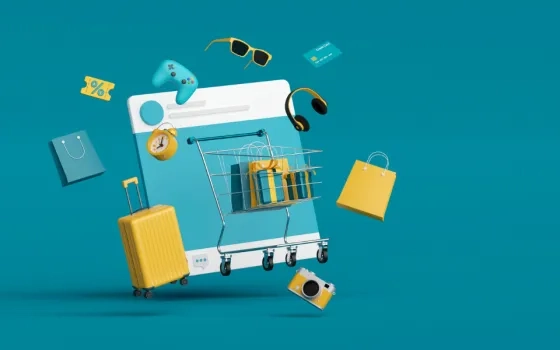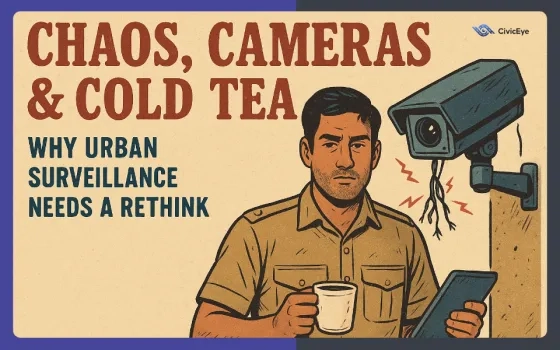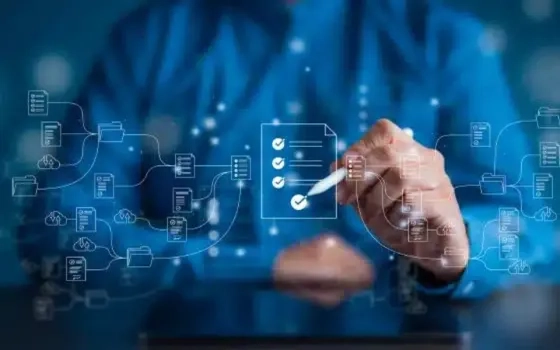As eCommerce continues to grow and evolve, it’s important for businesses to stay on top of the latest technology trends. After all, staying ahead of the competition means taking advantage of new innovations and leveraging them to your advantage. The future of eCommerce looks bright—and businesses need to be aware of the changes that are happening in order to remain competitive. From Artificial Intelligence (AI) to blockchain technology, here are the top 8 eCommerce technology trends that you need to know in 2023.
Chatbots
Chatbots are computer programs that mimic human conversation. They are commonly used to automate customer service or sales tasks, but can also be used for other purposes such as providing weather or traffic updates. Chatbots are often integrated with messaging apps.
While chatbots have been around for several years, they are becoming increasingly popular as businesses look for ways to automate tasks and improve customer service. For ecommerce businesses, chatbots can be used to provide product recommendations, answer customer questions, or even handle returns and refunds.
There are a few things to keep in mind when implementing chatbots into your ecommerce business:
- Make sure the chatbot is easy to use and understand. Customers should be able to easily find the answers they're looking for without getting frustrated.
- Consider integrating multiple channels into your chatbot strategy. In addition to messaging apps, consider using voice assistants such as Amazon Alexa or Google Assistant. This will allow you to reach more customers on their preferred platform.
- Use data from your chatbot interactions to improve the customer experience. Pay attention to how customers interact with your chatbot and use that information to make improvements.
Virtual Reality and Augmented Reality
Virtual reality (VR) and augmented reality (AR) are two of the most talked-about technologies in recent years. While VR has been around for a while, it is only recently that AR has started to become more mainstream.
Both VR and AR have the potential to change the way we interact with the world around us. For example, VR can be used to create immersive experiences that allow users to explore virtual environments. AR, on the other hand, can be used to overlay digital information on the real world, making it possible for users to interact with their surroundings in new ways.
There are a number of different applications for VR and AR, ranging from entertainment and gaming to education and training. As these technologies continue to develop, it is likely that we will see even more innovative uses for them in the future.
Blockchain
Blockchain is a distributed database that allows for secure, transparent and tamper-proof record-keeping. This immutable ledger can be used to track anything of value, from digital assets like cryptocurrency to physical assets like cars. The potential applications of blockchain are nearly endless, and the technology is already being used by major corporations and governments around the world.
Personalization
In a world where customers have so many choices, personalization is key to standing out from the competition. By personalizing the shopping experience for your customers, you can create a loyal customer base that keeps coming back.
There are a few ways to personalize the shopping experience for your customers:
1. Use data to personalize the experience. Collect data about your customers’ preferences and use it to tailor the shopping experience to them. For example, if you know that a customer likes certain types of products, you can show them similar products that they might be interested in.
2. Make it easy for customers to find what they’re looking for. Navigation should be intuitive and search should be simple and effective. If customers can’t find what they’re looking for, they’ll likely go to a competitor’s site.
3. Use customer service to personalize the experience. Customer service is a great way to show customers that you care about their individual needs. By providing responsive and helpful customer service, you can build loyalty and turn one-time shoppers into lifelong fans.
Mobile Commerce
1. Mobile commerce, also known as m-commerce, is a rapidly growing area of e-commerce. M-commerce refers to the buying and selling of goods and services through mobile devices such as smartphones and tablets. According to Statista, global mobile commerce sales are expected to reach nearly $3 trillion by 2021.
2. Mobile commerce offers a number of advantages for both businesses and consumers. For businesses, it provides a new avenue for reaching and engaging customers. For consumers, it offers convenience and flexibility in how they shop.
3. A key trend in mobile commerce is the rise of conversational commerce, which refers to the use of chatbots and other artificial intelligence (AI) tools to enable consumers to purchase products and services via chat or text message. This trend is being driven by the increasing popularity of messaging apps such as Facebook Messenger, WhatsApp, WeChat.
4. Another key trend is the growth of Omni-channel shopping experiences, which allow consumers to seamlessly move between online and offline channels when shopping for products or services. This trend is being driven by the increasing use of mobile devices as well as the emergence of new technologies such as beacon technology that enables retailers to send targeted messages and coupons to shoppers based on their location.
5. Finally, another important trend in mobile commerce is the increasing adoption of contactless payments using near field communication (NFC) technology. This allows consumers to make payments.
Artificial Intelligence and Machine Learning
Artificial intelligence (AI) and machine learning are two of the most buzzed-about topics in the eCommerce world today. And for good reason – these cutting-edge technologies have the potential to revolutionize the way online businesses operate.
Here’s a closer look at AI and machine learning, what they can do for eCommerce businesses, and some of the top companies that are already using these technologies to their advantage.
What is AI?
AI is a branch of computer science that deals with creating intelligent machines that can work and react like humans. AI technology is used to develop systems that can understand human language, recognize objects and faces, make decisions, and even learn on their own.
What is machine learning?
Machine learning is a subset of AI that focuses on giving computers the ability to learn from data without being explicitly programmed. Machine learning algorithms use data to train themselves to perform tasks such as image recognition or fraud detection. The more data they have, the better they get at these tasks.
Cloud Technology
Cloud technology is one of the most important eCommerce technology trends to know in 2019. By 2020, Gartner predicts that public cloud services will generate $258.4 billion in revenue, up from $229.5 billion in 2018.
What is cloud technology? Cloud technology refers to the use of remote servers on the internet to store, manage, and process data, rather than using a local server or personal computer. Cloud computing is a type of internet-based computing that provides shared computer processing resources and data to computers and other devices on demand. It is a model for enabling ubiquitous, convenient, on-demand network access to a shared pool of configurable computing resources (e.g., networks, servers, storage, applications, and services).
The benefits of cloud technology for businesses are many. For example, cloud computing can help businesses reduce their IT costs by eliminating the need for investment in on-premises hardware and software infrastructure. In addition, cloud computing can improve business agility and allow businesses to respond quickly to changes in market conditions or customer demands. Moreover, cloud computing can enable businesses to scale their operations quickly and efficiently by adding or removing resources as needed.
The Internet of Things
The Internet of Things, also known as the IoT, is a system of interconnected devices and sensors that can collect and exchange data. The IoT can be used to monitor and control devices and systems remotely, making it a powerful tool for businesses and consumers alike.
The potential applications of the IoT are nearly limitless, but some of the most popular uses include home automation, asset tracking, and energy management. As the IoT continues to grow in popularity, so too will the number of applications for it.



















